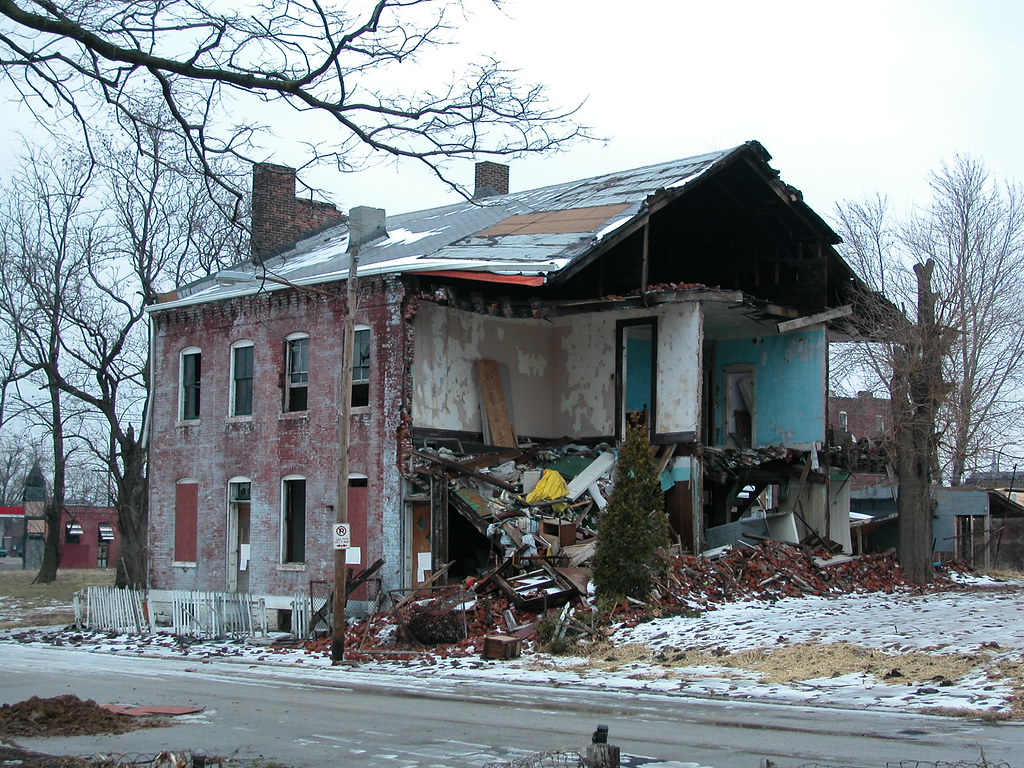by Michael R. Allen
Stewardship has been a watchword of the struggle between St. Stanislaus Kostka Church, located at 1413 N. 20th on the near north side, and the Archdiocese of St. Louis, led by Archbishop Raymond Burke. The lay board of St. Stan’s has asserted their ownership of the parish and its property against the Archdiocese’ claim of ownership. At the heart of the dispute is a conflict over the best way to practice stewardship of the physical and pastoral fabric of the parish. The Archdiocese’s point is that the parish is but a unit of the larger church, and that centralized stewardship balances the interests of the region’s many parishes. The board of St. Stan’s makes the counterargument that localized stewardship of the parish puts both control and responsibility for the future of the parish on the shoulders of those who know it best — its board, pastor and members.
The backdrop is the tumultuous recent history of the DeSoto-Carr neighborhood where St. Stanislaus Kostka has been located since the church was built in 1891. After World War II, most of this neighborhood was cleared for the massive Pruitt-Igoe housing project, which entailed clearance of nearly every building between Jefferson, Cass, 20th and Carr streets save the Roman Catholic churches of St. Bridget on Jefferson and St. Stanislaus Kostka on 20th Street.
St. Stan’s shared an uneasy property line with the housing project. Then came the clearance of the neighborhood across 20th street and the construction of the Vaugh Homes. The old Polish church was surrounded by dull monolithic housing towers. The gentle, humanist architecture of the church and parish buildings was in sharp contrast to the modernist developments around it. Socially, the environment was changed forever. The parish was no longer a group of people who walked to mass, sharing an ethnic identity as well as a neighborhood. Members fled the city, but not the parish. The church survived even as its neighborhood disintegrated, first with the new housing projects and later with the downfall of the same.
By the early 21st century, St. Stan’s had endured so much uncertainty its members could hardly be blamed for a defensive posture. Since 1972, the cleared Pruitt-Igoe site was a desert of scrub trees and dumped debris. At one point in the early 199s, Mayor Freeman Bosley floated a ridiculous scheme to build an 18-hole gold course and large subdivision centered on the Pruitt-Igoe site. The plan could have wiped out St. Stan’s, and at least would have again put its context at risk.
The golf course plan died amid political opposition, though, and a change for the better came to the area around St. Stan’s. Starting in 2002, the Vaughn Homes site had been remade into Murphy Park, a successful and attractive mixed-income development. However, developer Paul J. McKee, Jr. also began buying large amounts of property around the Pruitt-Igoe site, with rumors yet another clearance scheme circulating. In 2004 and 2005, the Archdiocese closed dozens of city parishes.
No wonder many members of St. Stanislaus Kostka vigorously defend their right to hold ownership to the parish. If the entire neighborhood that once composed the parish could be cleared wholesale multiple times, clearance of the church was an easy possibility. If even strong parishes in densely-populated parts of south city could be closed, why not a parish in ravaged north city whose members mostly lived outside of the neighborhood?
No one at St. Stan’s has ever accused the Archdiocese of specifically wanting to sell out the property or close the parish; the issue is more a matter of principle than fear. History set the odds against the parish surviving, and any step toward beating those odds was one worth taking — even defiance of the Archbishop.















